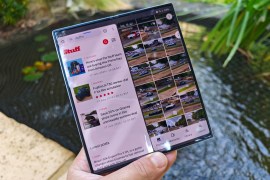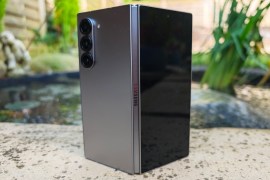Samsung Galaxy Z Fold6 review: a safe bet sequel
A fallow year for Samsung's top foldable

Stuff Verdict
The best version of Samsung’s book-style foldable – but the Galaxy Z Fold6 isn’t the leap forward fans were hoping for in light of rapidly improving rivals.
Pros
- S24 Ultra-inspired design looks slick
- Software as streamlined as ever, with lots of AI additions
- Performance is top of the class
Cons
- Rivals are thinner, last longer, and have better camera hardware
- Charging speeds are disappointingly slow
- Slender cover screen still a usability struggle
Introduction
Book-style foldables have long been at the phone world’s bleeding edge, and Samsung has been more willing to get cut than any other brand. It’s why we’re now on the sixth generation Galaxy Z Fold, while rivals are either still warming up or have yet to attempt a folding phone of any sort.
The new Galaxy Z Fold6 inherits squared-off styling from the Galaxy S24 Ultra, adds the latest custom-tuned Snapdragon silicon, and a double dose of Galaxy AI software smarts. An ever-so-slightly larger cover screen with slimmer bezels aims to improve usability in phone form, too. But these are all pretty minor upgrades in the face of foldable rivals that have really started heating up recently. Has the firm fumbled the chance to prove it’s still the undisputed foldable champ? Or is there simply not enough serious competition for that to matter?
How we test smartphones
Every phone reviewed on Stuff is used as our main device throughout the testing process. We use industry standard benchmarks and tests, as well as our own years of experience, to judge general performance, battery life, display, sound and camera image quality. Manufacturers have no visibility on reviews before they appear online, and we never accept payment to feature products.
Find out more about how we test and rate products.
Design & build: Ultra fan

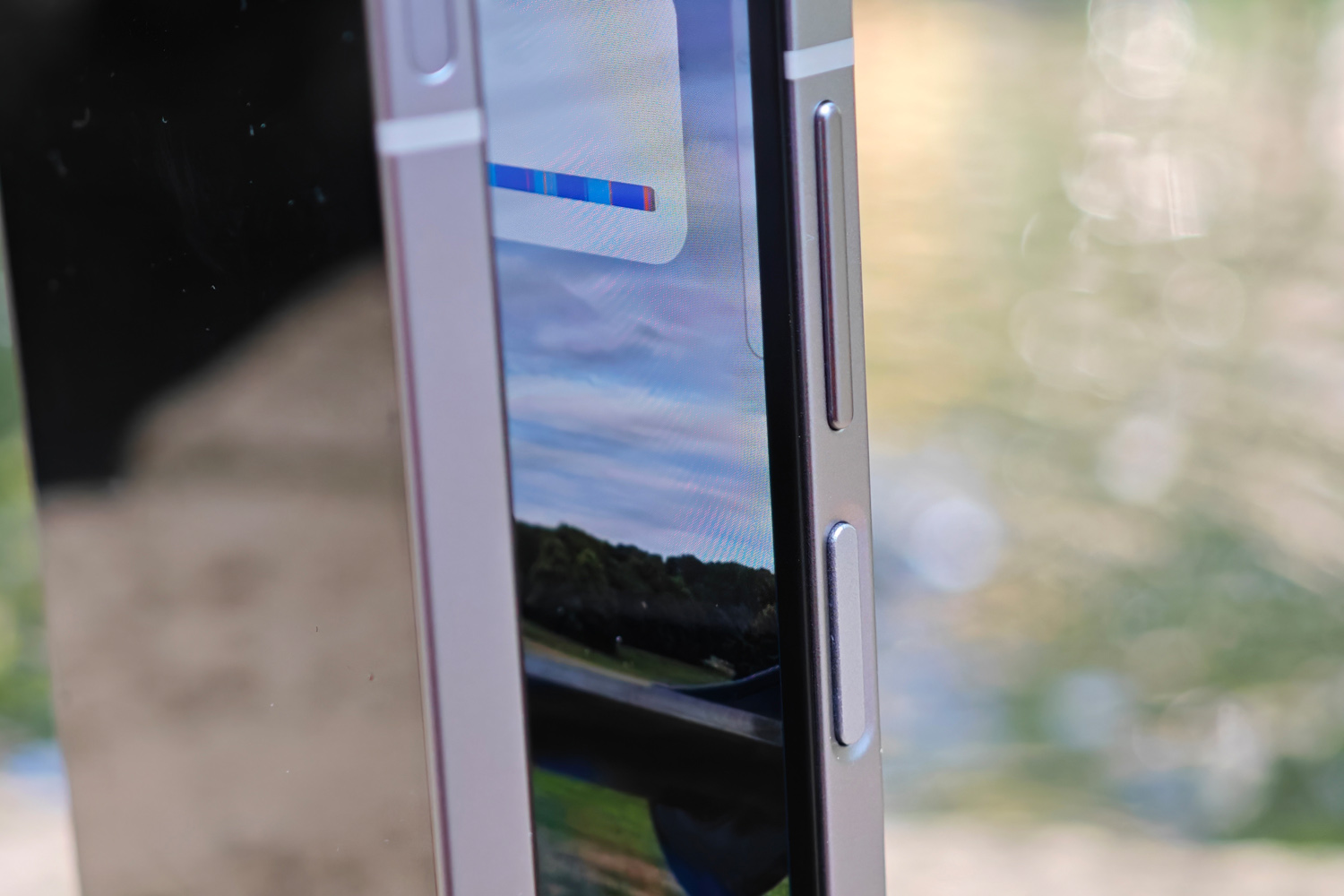
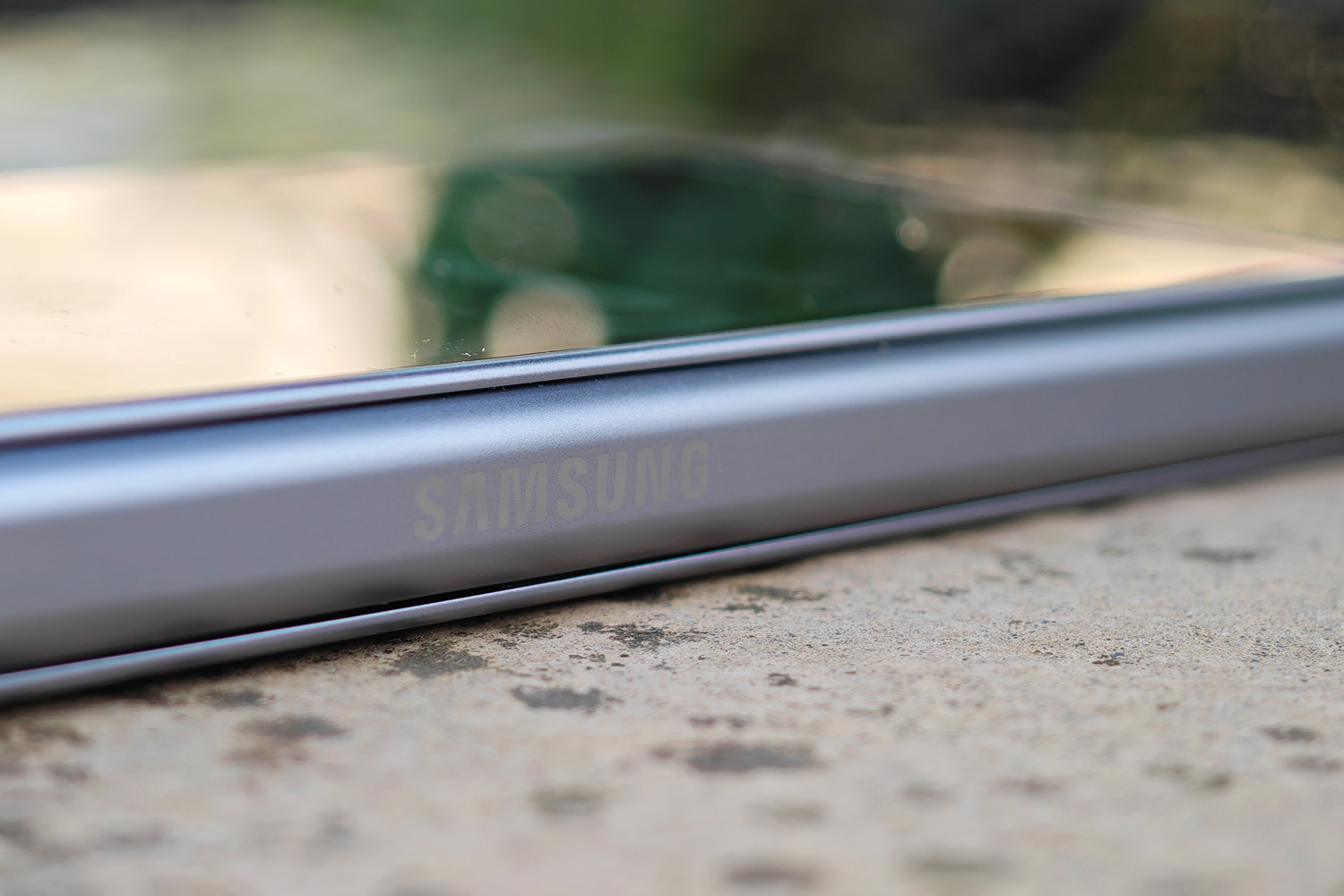
Closed shut, the Galaxy Z Fold6 looks like a Galaxy S24 Ultra that’s been shrunk in the wash. Samsung has given its foldable hero the same angular shape and squared-off sides as its traditional flagship, and I think it looks all the better for it. I found it easier to grip than before, especially when unfolded, and immediately noticed those skinnier screen bezels. The only other design tweaks are the thicker, darker camera lens surrounds. They’re a bit subtler than the silver trim used last year, but only serious tech geeks will spot the difference.
Samsung has managed to shed a significant 14g of weight compared to last year; at 239g, the Z Fold6 is closer to a traditional flagship phone than any previous Galaxy foldable. Still, this phone isn’t going to win slimmer of the year, at 12.1mm thick while folded and 5.6mm when open. The Honor Magic V2 has it bested across the board.
I thought the new silver shadow colour option did a convincing impression of the Ultra’s titanium build, although the fold’s frame is really made of a newer, tougher version of Samsung’s Armor Aluminium. It feels undeniably high-end, and should hold up better to shocks and drops than the previous-gen model, but foldables are still as fragile as phones get right now, so I’d still feel better using a case. Both the rear panel and outer display are covered in Gorilla Glass Victus 2 glass, just like the outgoing Galaxy Z Fold 5. I’m gutted it doesn’t use the same reflection-busting Gorilla Armor glass as the S24 Ultra.
There’s still nowhere to stash an S Pen stylus, even though both screens play nicely with one. The official S Pen Case is your best bet; it has been slimmed down a bit from last year, so won’t add too much extra bulk. If you’re not going to put this phone in any kind of case, I’d suggest picking up the Navy blue version; it hides fingerprint smudges that much better than either Silver Shadow or Pink. Just like previous years the Samsung web store will have some exclusive hues, though I’ve yet to see either Crafted Black or White in person.
I was honestly a little disappointed Samsung brought back the Z Fold5’s power button/fingerprint sensor combo here. Rivals such as the Vivo X Fold3 Pro have a pair of in-display scanners – one for the outer screen and a second for the inner panel. The Z Fold6 feels behind the times as a result, which isn’t a position I’m used to seeing Samsung in.
Screen & sound: millimetres make a difference
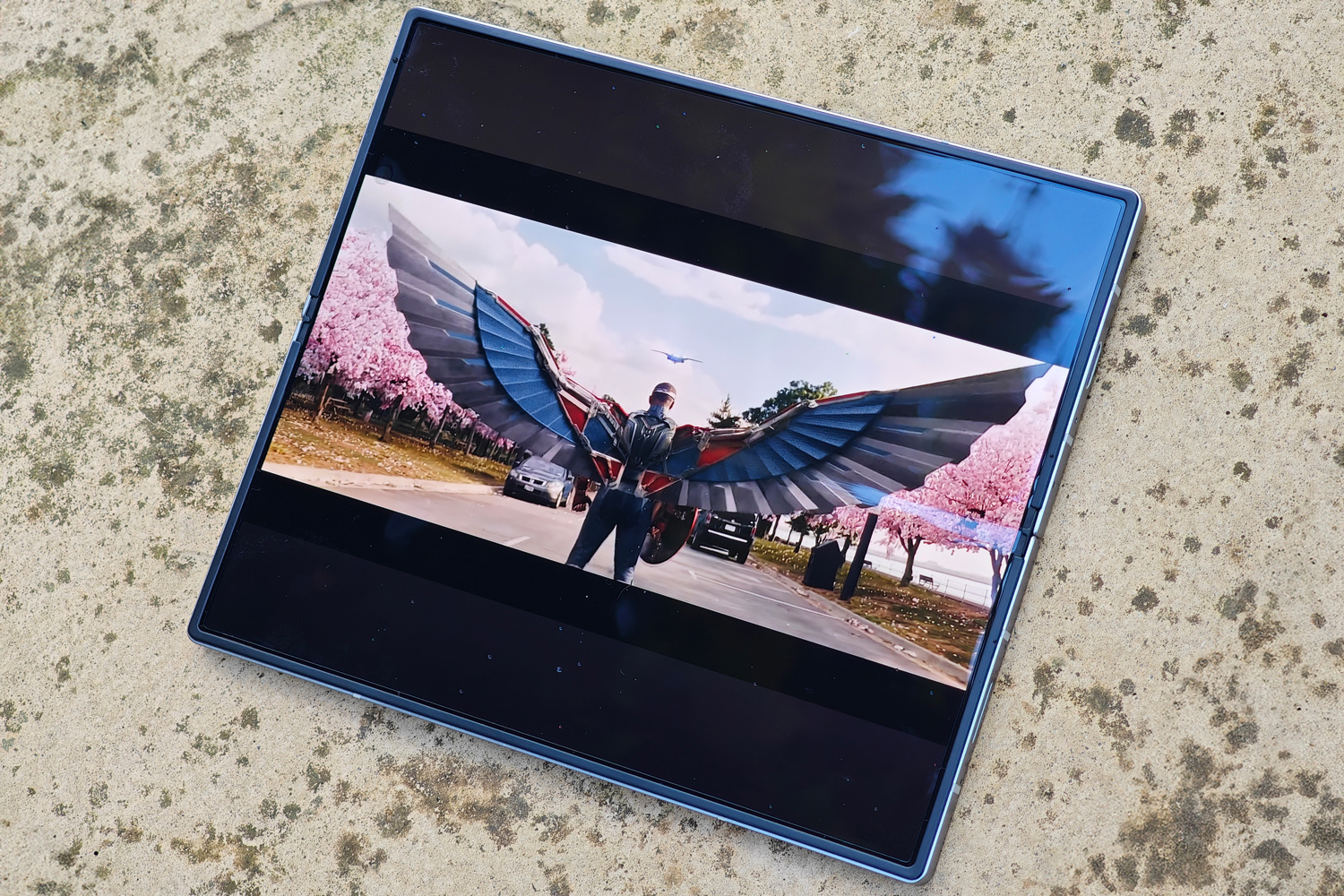
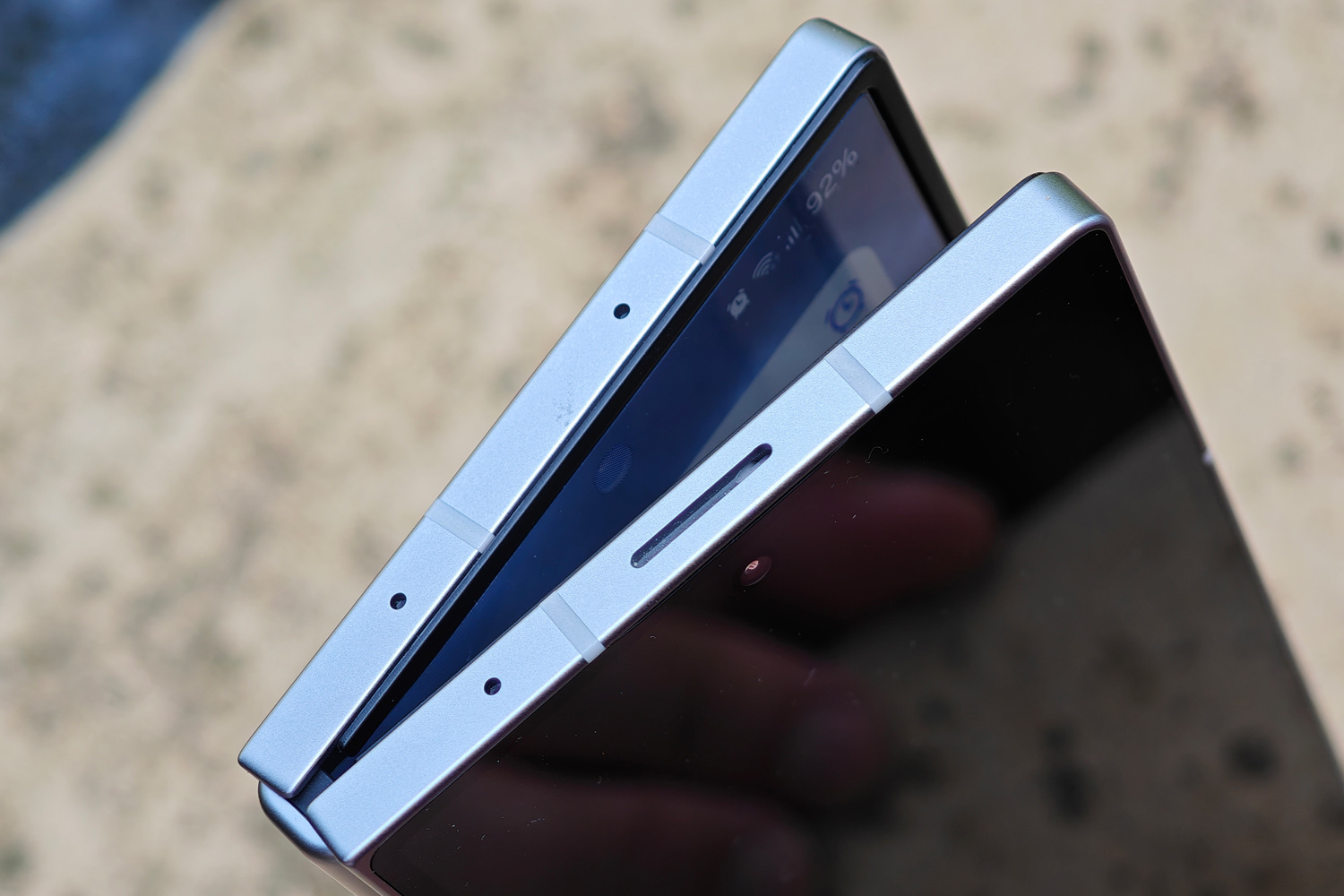
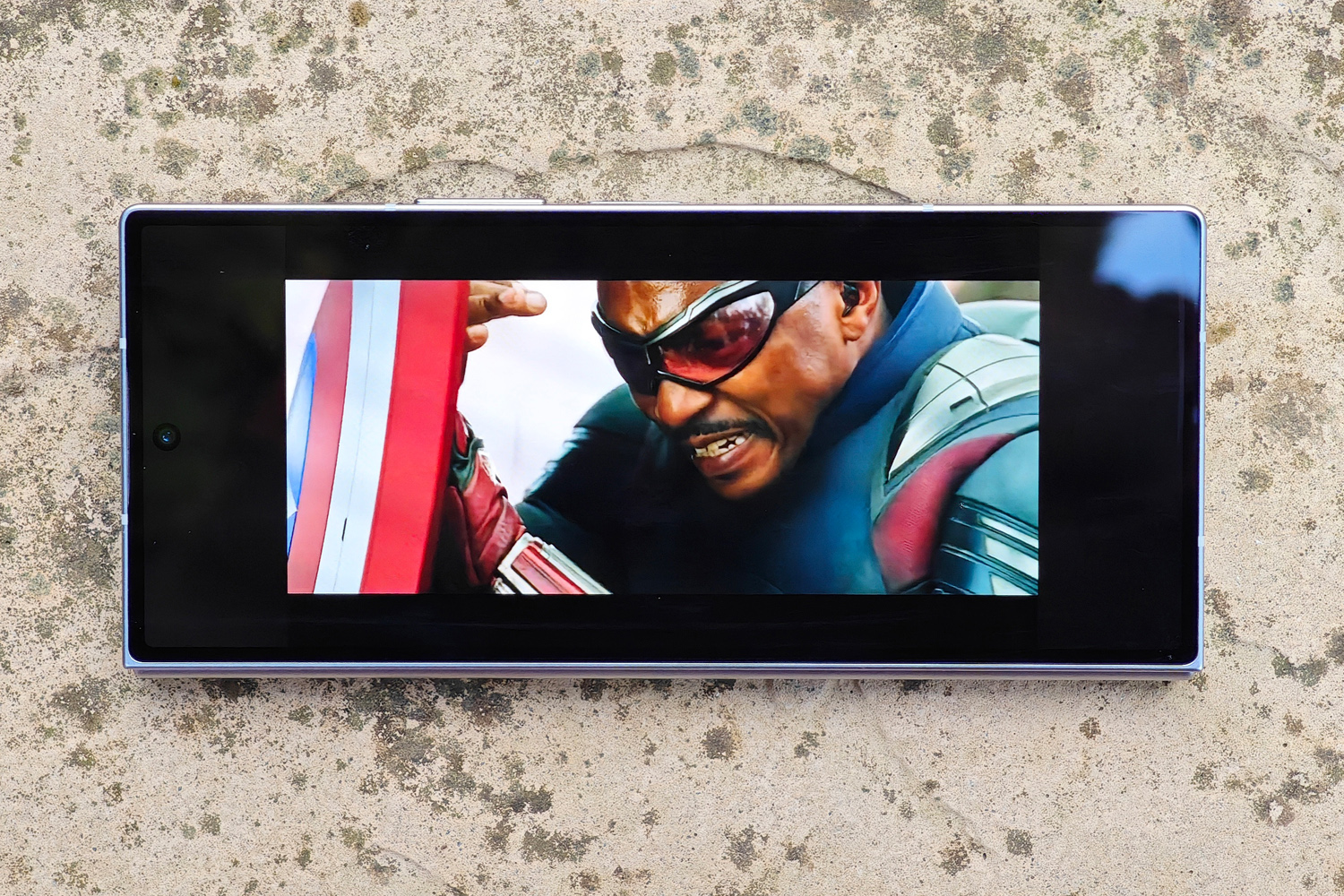
I’ve long thought Samsung should ditch the Z Fold series’ tall and narrow outer screen for something shorter and wider. The Z Fold6’s 6.3in AMOLED is a tentative step in the right direction, having grown 1mm wider than last year’s model. That minor growth spurt has had a knock-on effect inside, the 7.6in flexible OLED panel now 2.7mm wider and 1.4mm shorter than the outgoing phone. Neither change feel transformative; I still had more typos when tapping out texts on the outer screen than with a regular smartphone, or any number of foldables with wider cover displays.
You’re still getting two fantastic screens, with adaptive 120Hz refresh rates and enough resolution to make streaming videos look brilliantly detailed. Colours have that signature Samsung pop, contrast is exceptional, and viewing angles are top notch too. The inner screen’s crease is still a bit too easy to spot, though, with rivals now packing hinges that hide it better.
Peak brightness has taken a huge leap from last year. 2600 nits is effectively double what the Z Fold 5 could manage. That made a massive difference when I used the phone outside, with the cover display being perfectly viewable even while I was wearing sunglasses. The inner screen’s plastic protector still struggles with light reflections, but the brightness boost makes websites and social media apps far easier to scroll through. Just don’t try watching dark streaming TV shows without finding some shade first.
The Z Fold6 has a great set of speakers, which pump out plenty of volume and a well-balanced sound that eclipses the OnePlus Open and Honor Magic V2.
Cameras: familiar faces
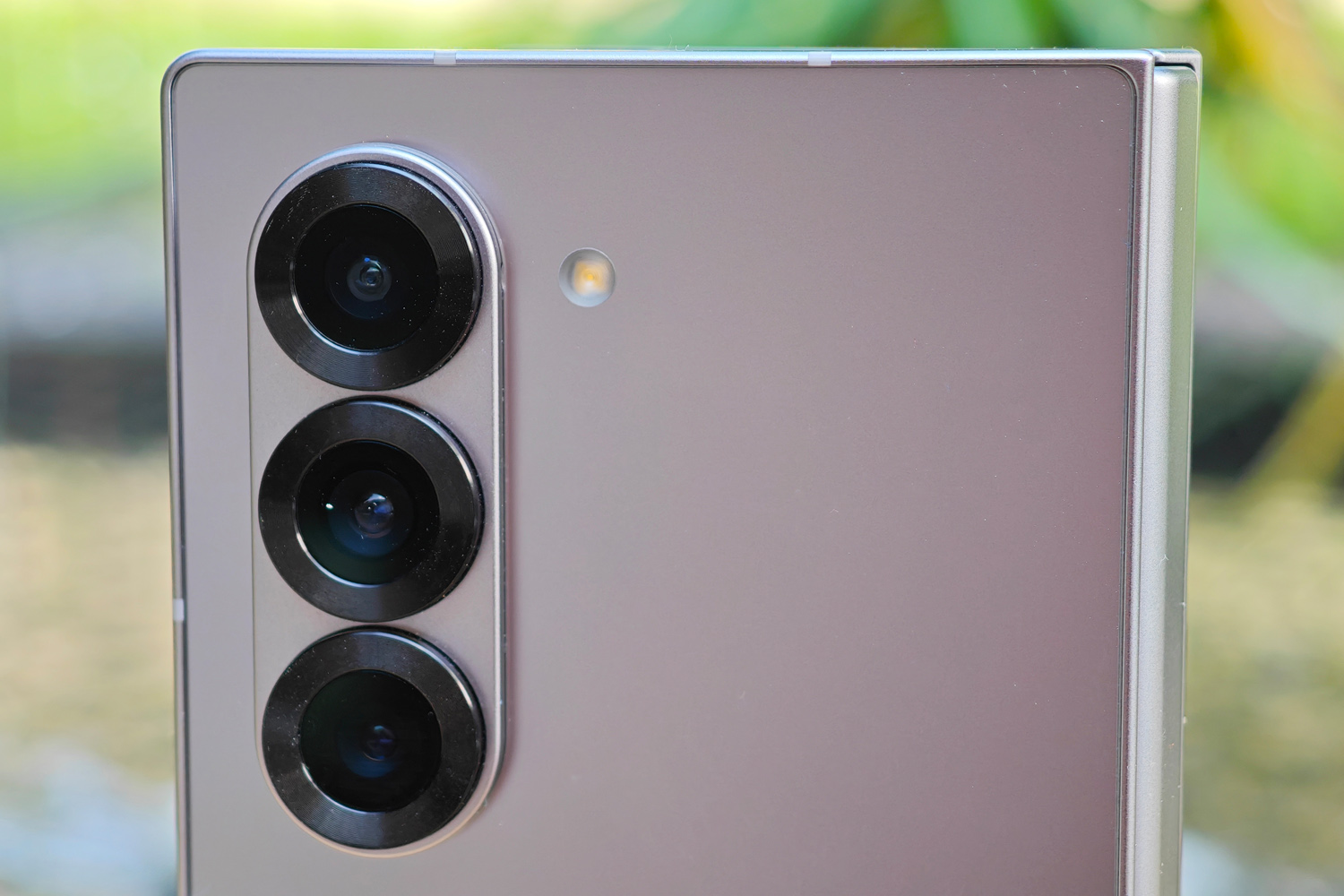
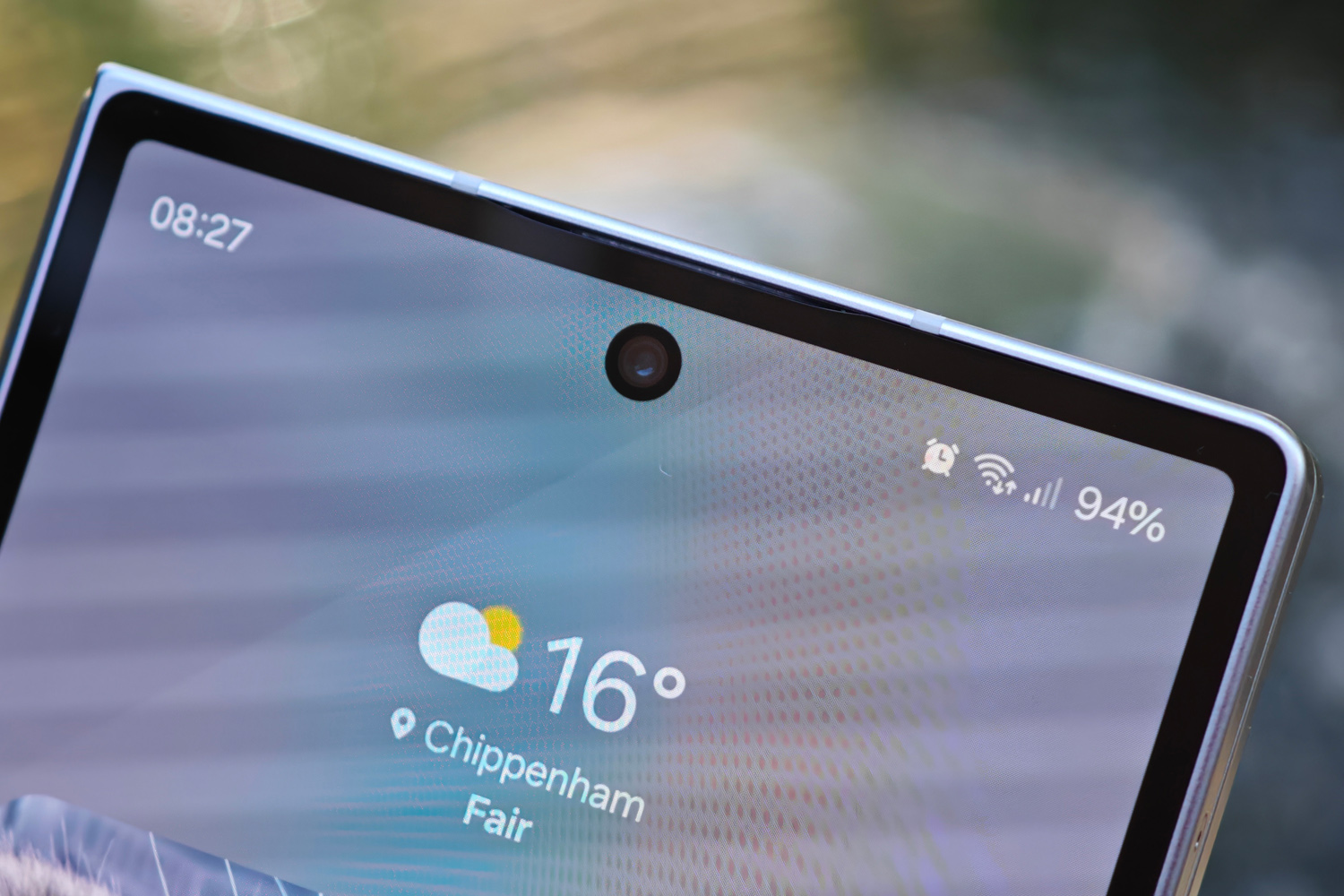
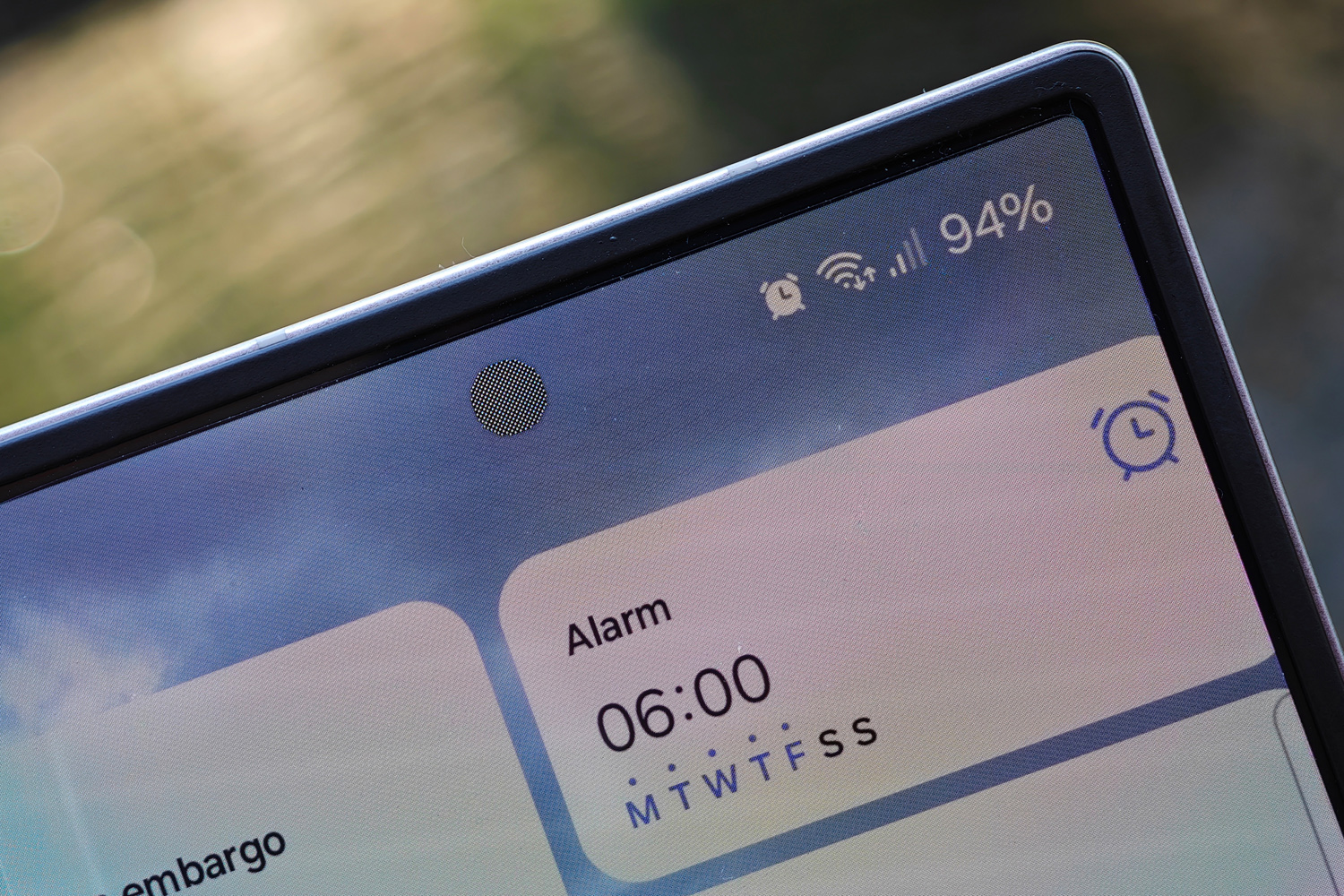
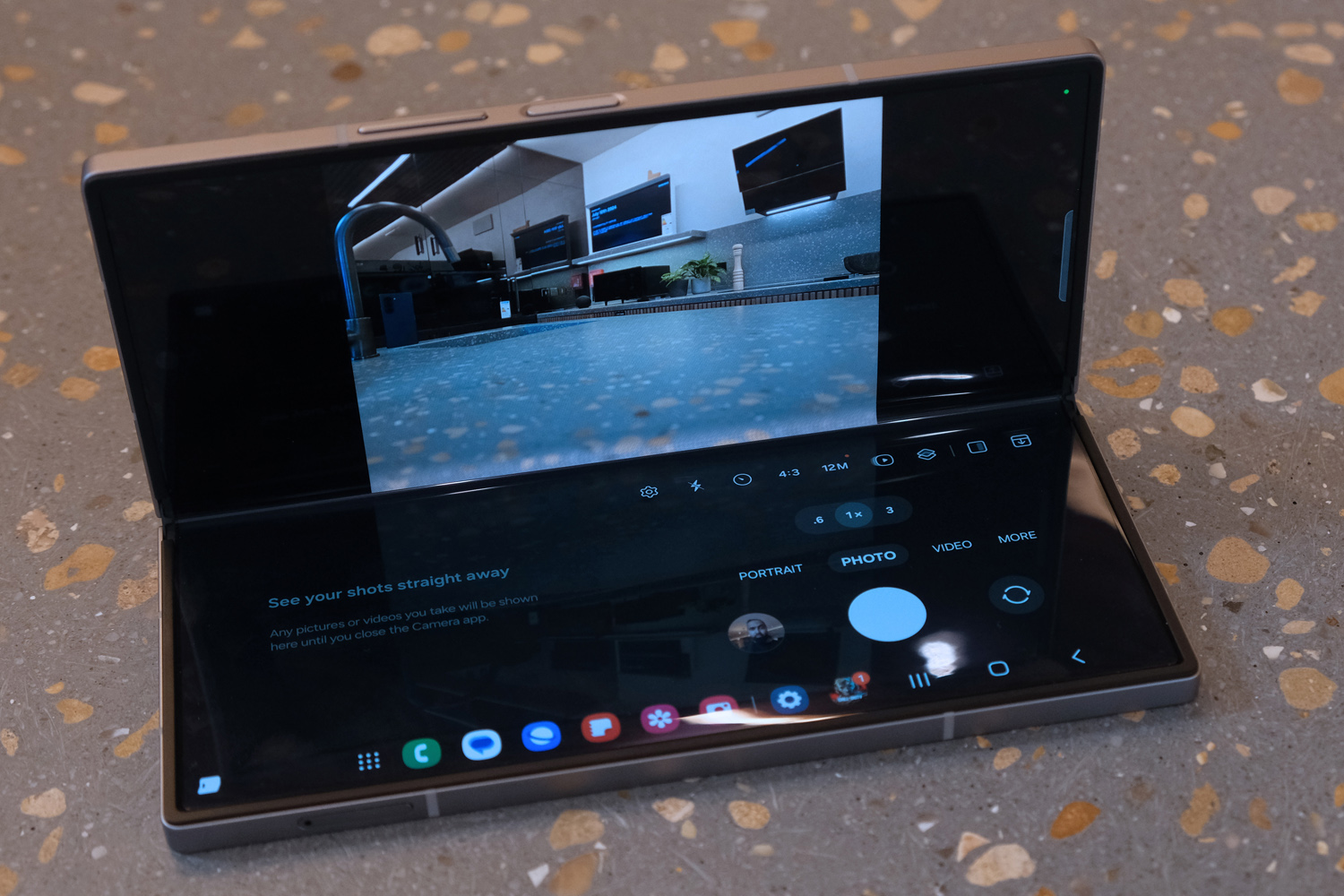
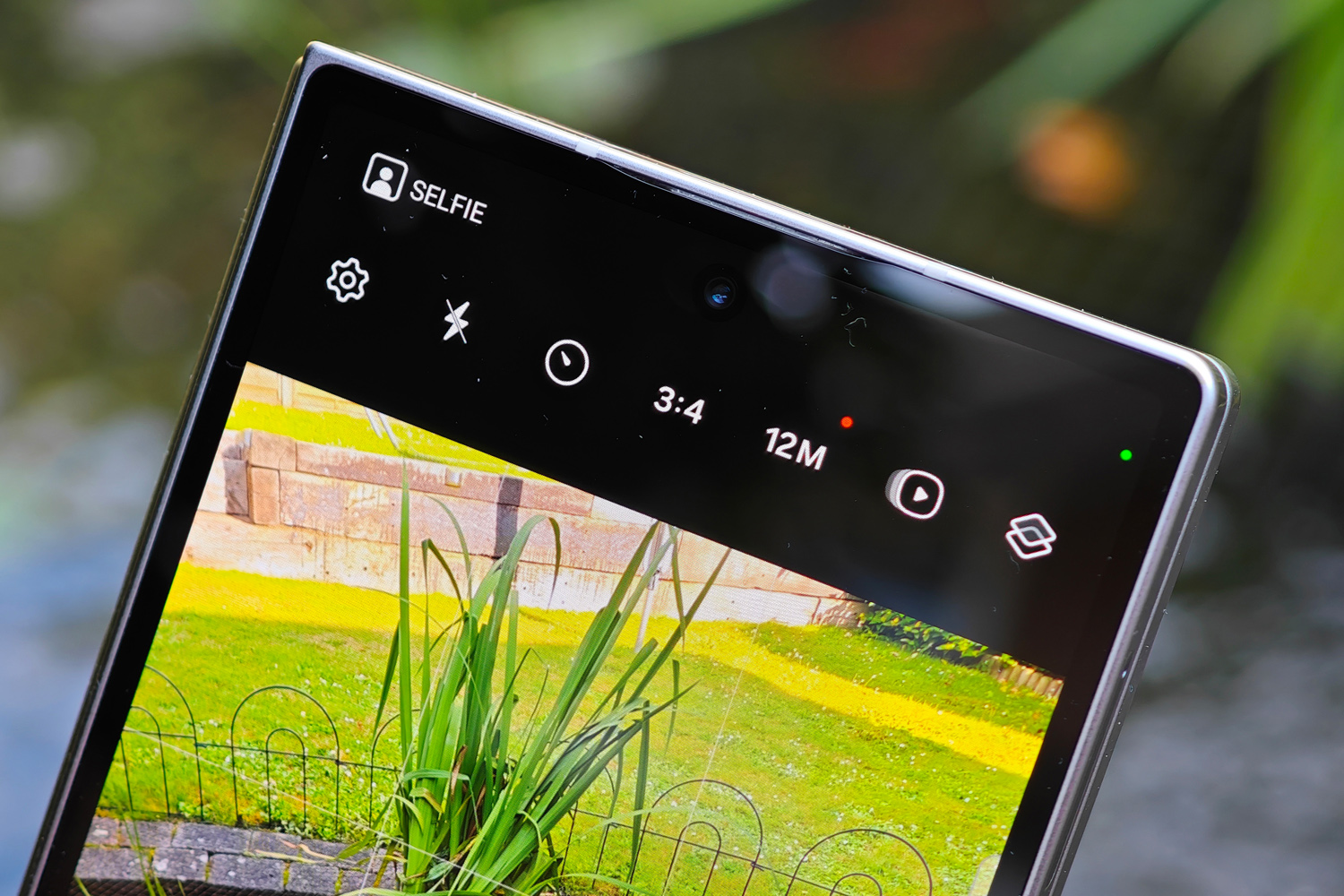
Does a 50MP main snapper, 12MP ultrawide, and 10MP telephoto good for 3x optical zoom sound familiar? This is the third time Samsung has trotted out that particular rear camera trio. The ultrawide still doesn’t have autofocus for macro close-ups, and the zoom lens is rapidly falling behind on pixel count. The 10MP punch-hole cover cam and 4MP webcam beneath the inner screen are unchanged.
This setup was capable of taking colourful, dynamic and detailed shots on the Fold5, but was already being left behind by traditional handsets. Twelve months on, the Z Fold6 is now more of a mid-tier cameraphone. Higher pixel counts, periscope zooms and macro-focusing ultrawides are now the norm on foldable rivals, which produce crisper and more refined photos in all lighting conditions. This smacks of Samsung not feeling the need to compete on the hardware front.
That’s not to say these cameras are bad, mind – just that they’re not full-on flagship grade. Whether that’s asking too much from an £1800 handset is up to you. The firm’s image processing still puts in a serious shift, with that signature high saturation look that makes even the most drab scenes pop. HDR does a great job of balancing shadows and highlights, and there’s a satisfying amount of fine-grain clarity if you go looking for it.

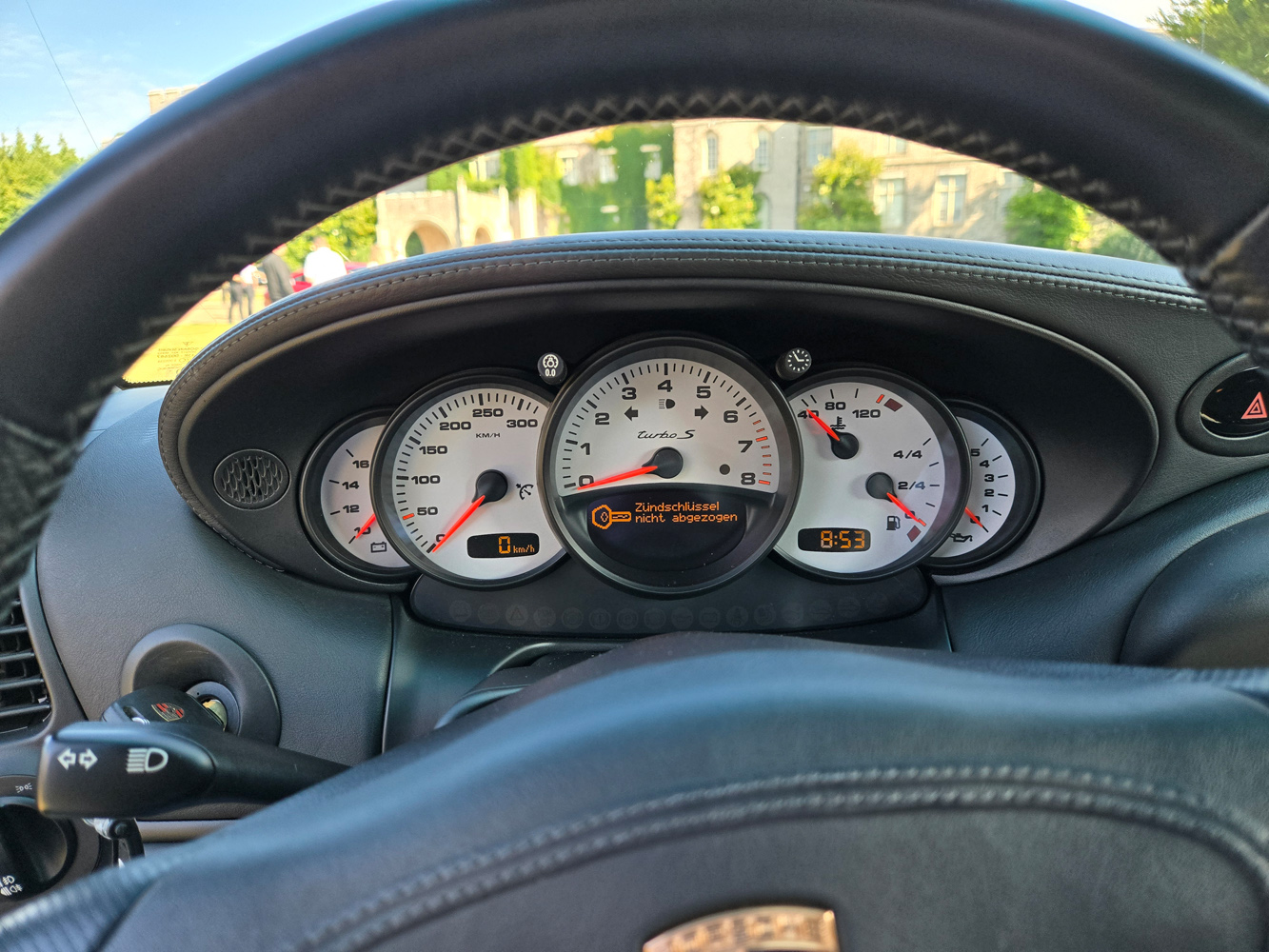
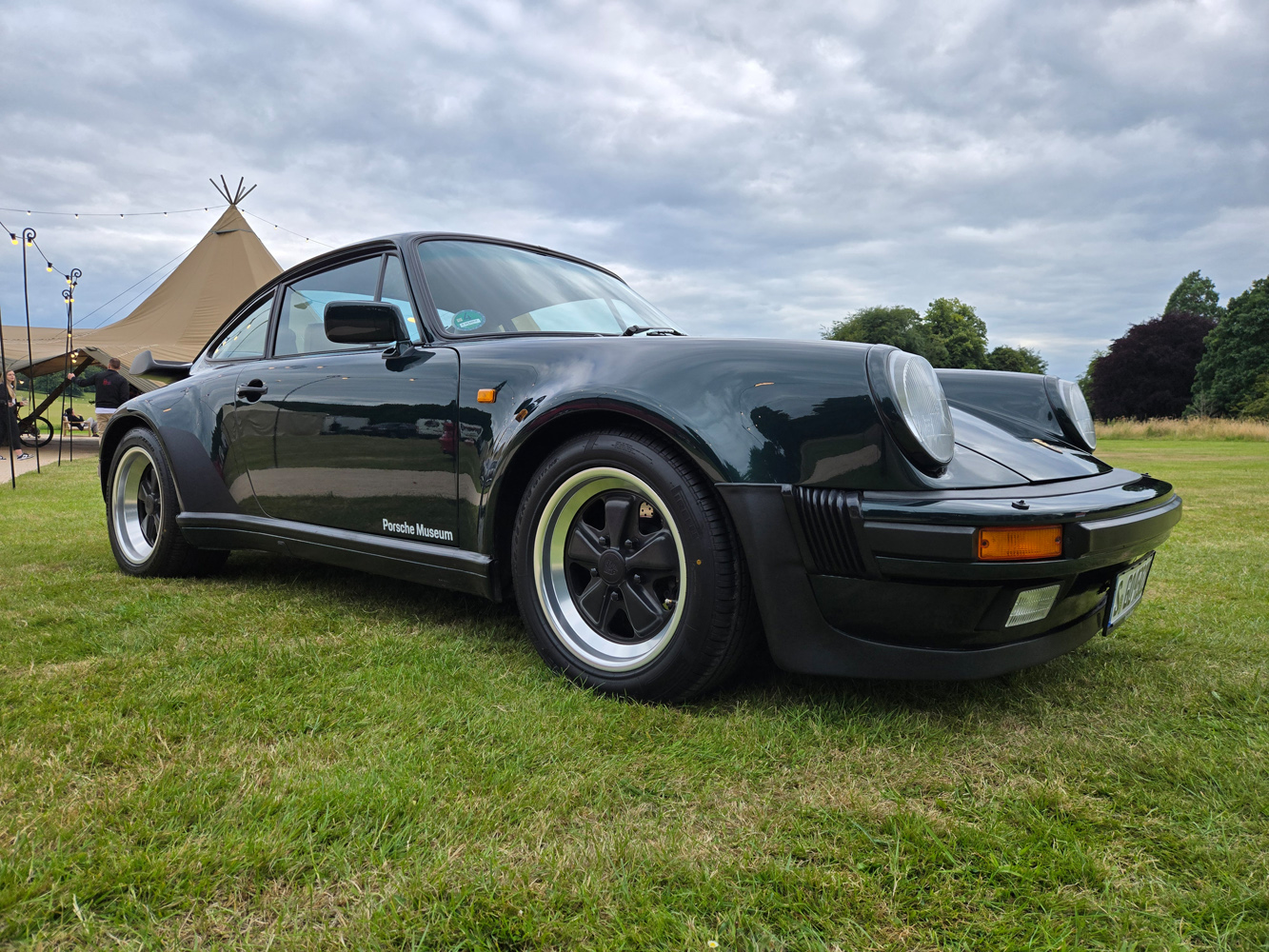
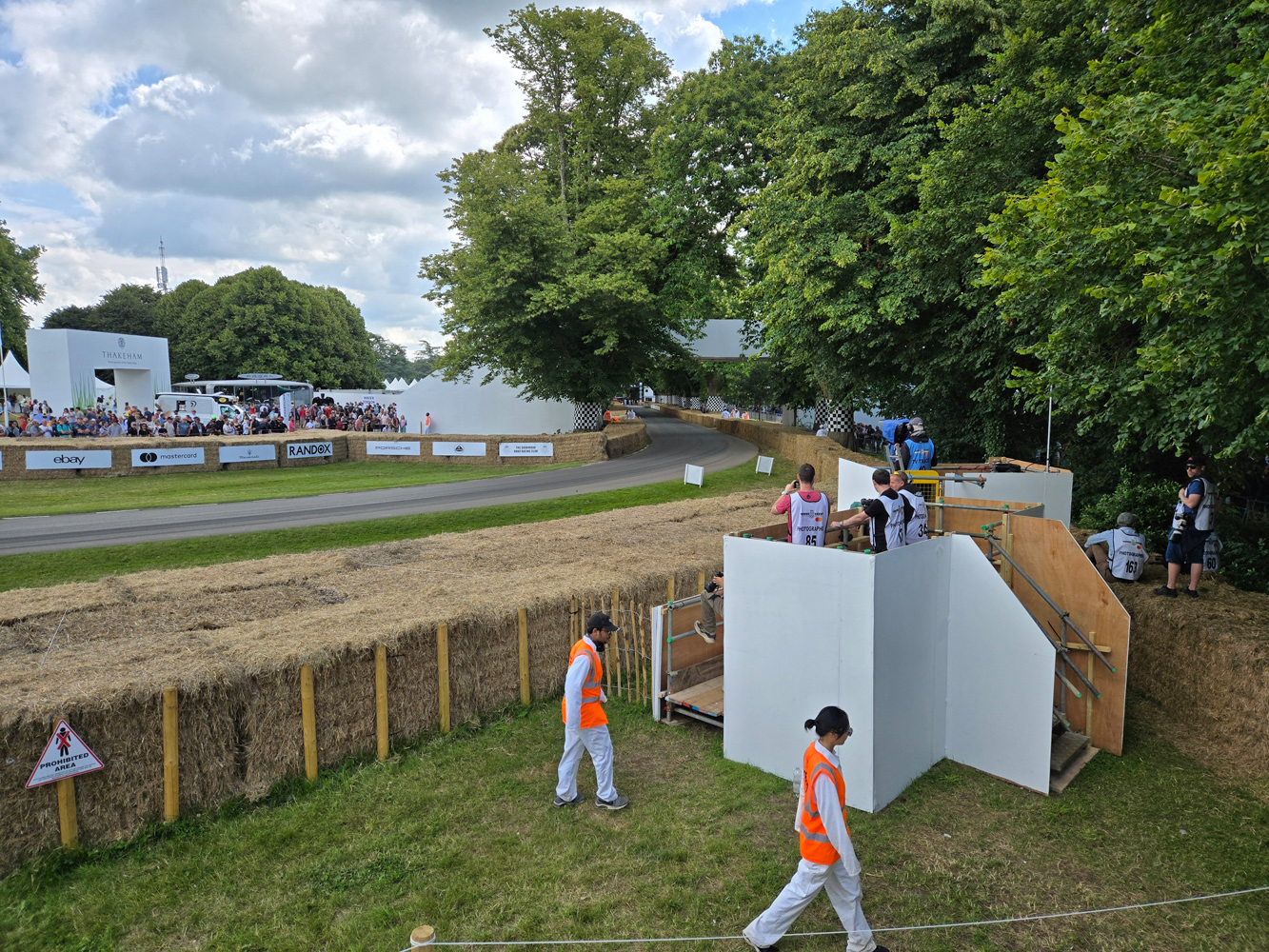
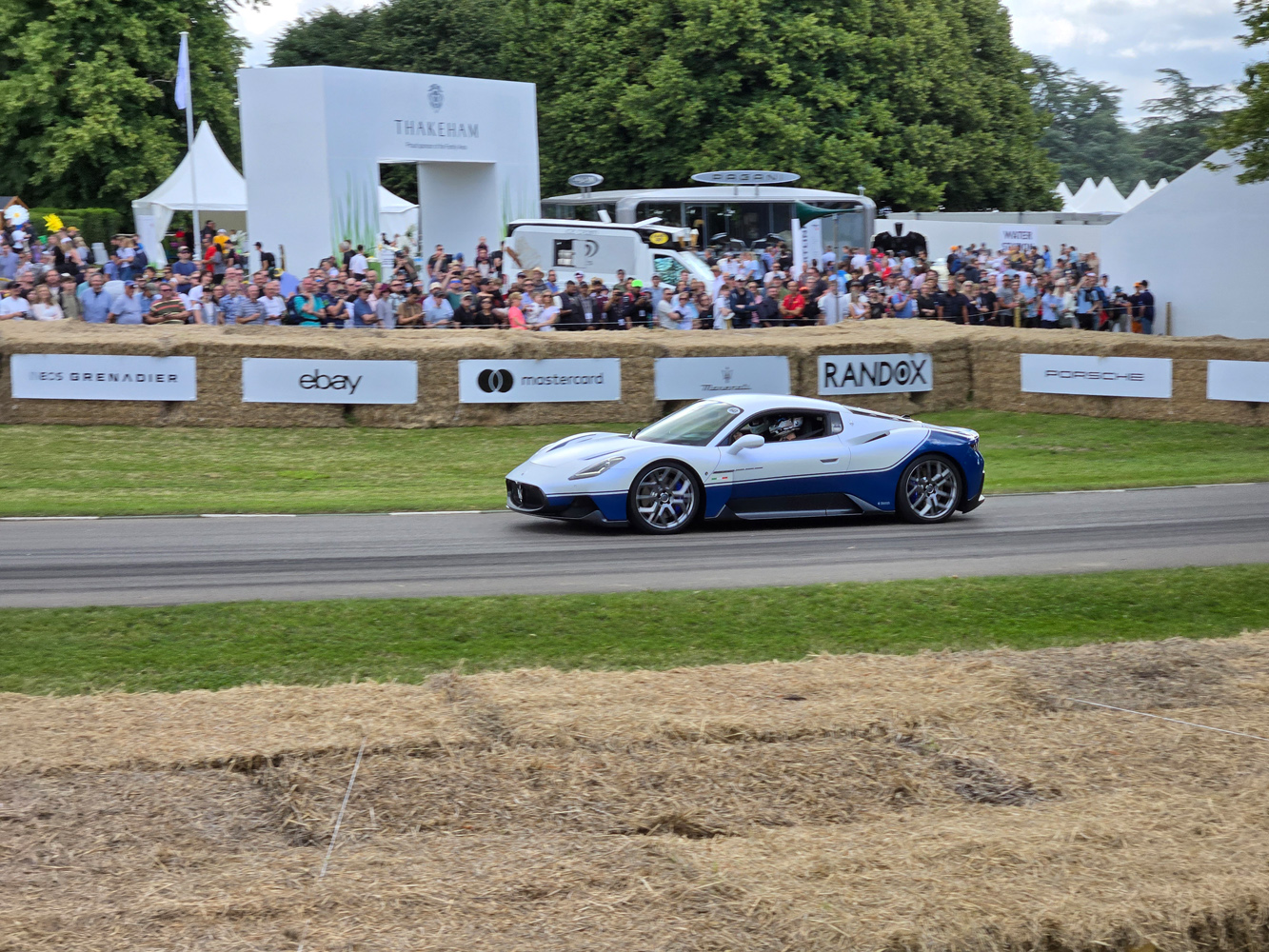
As long as the subject is well lit, the 3x telephoto can capture plenty of detail, and all three lenses have near-identical colour and white balance. Portrait cutouts and digital depth blur are convincing, and it does a reasonable job with moving subjects – something Samsung hasn’t been great at in the past.
Low light shots hold up very well across the board, with OIS compensating for any hand shake and Samsung’s night mode only kicking in when absolutely needed. Noise creeps up quickly, most notably on the ultrawide, but it does a good job of maintaining detail so I didn’t mind too much.


Galaxy AI-powered image editing might be a saving grace. As well as being able to remove or resize any object in your shot, the Z Fold6 will get a generative portrait studio that can create Pixar-style avatars of you and your mates, based on pics saved to your image gallery. It’s a fun addition, if not quite the first of its kind.



Software experience: AI all the way
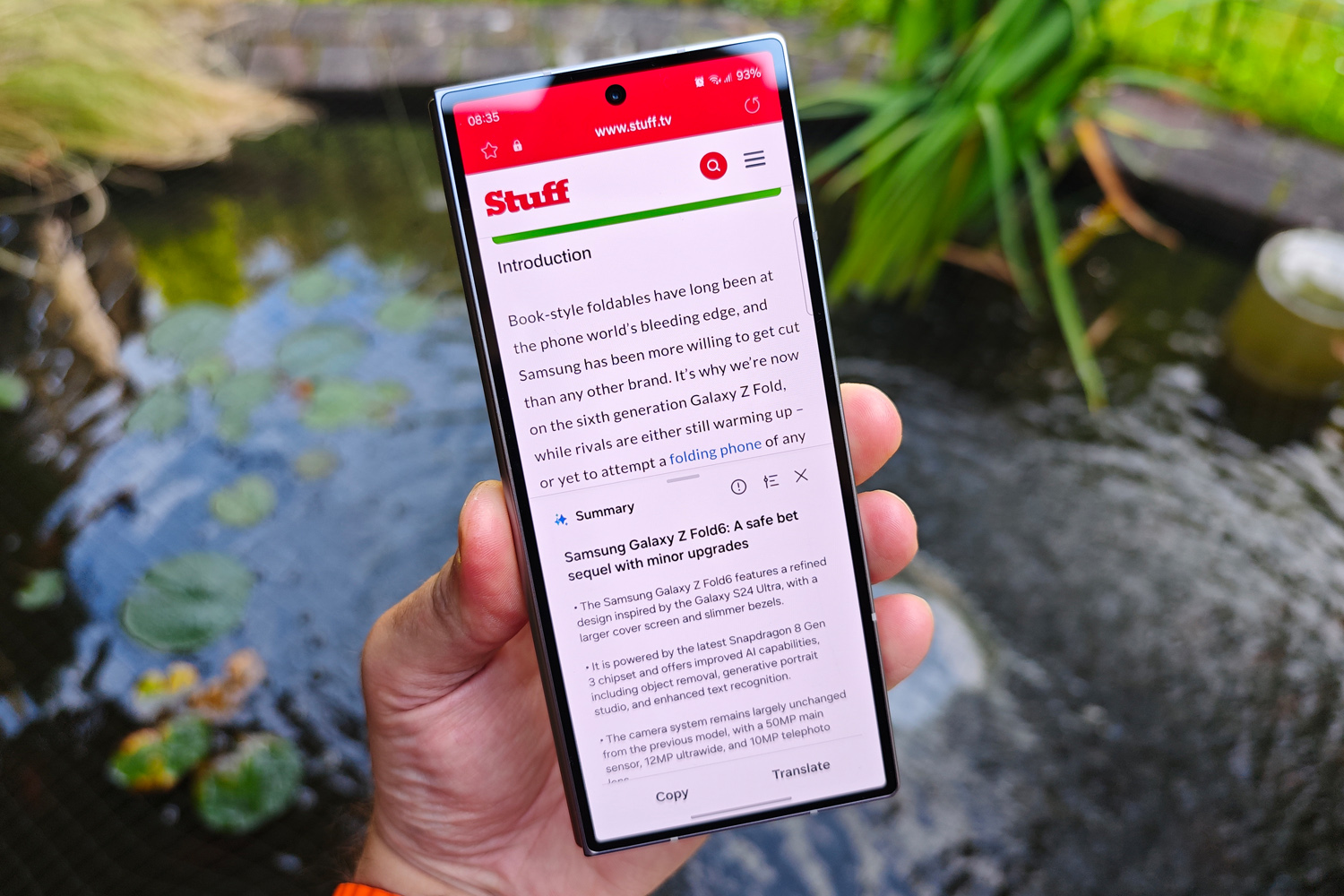
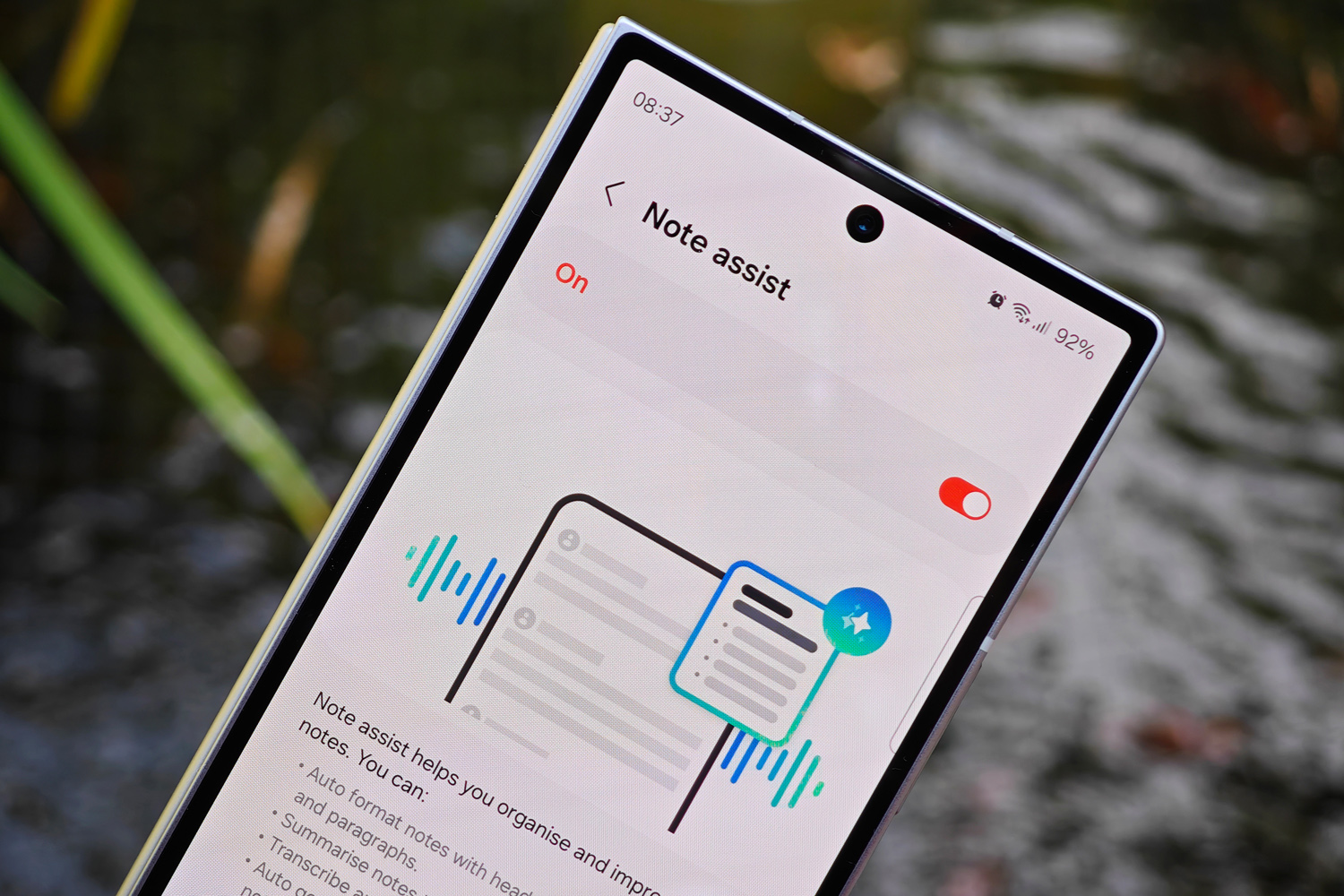
The Galaxy S24 trio kickstarted Samsung’s artificial intelligence push in early 2024; the Galaxy Z Fold6 improves on it, but only in very minor ways. Circle to search (which is really more of a Google thing than a Samsung one) can now translate any text you highlight, create link previews for highlighted QR codes, and break down mathematic equations. AI-generated suggested replies in the Samsung Messages app can now digest the last ten or so messages sent to a particular contact, then create replies that more closely match your tone of voice.
My favourite new feature is Smart Sketch to Image; it can render render realistic-looking objects from the simplest of doodles on top of your camera roll photos. Think drawing sunglasses on a dog, or filling the sky with planes or helicopters, then having a lifelike version take the place of your basic lines. A watermark reminding you the image has been AI generated is added automatically.


Everything else Samsung added to the Galaxy Z Fold5 through a software update following the S24 launch makes the cut here. That means generative image resizing, voice translation and audio transcription in real time, and article summaries for long web pages. They’re all impressive demos of how AI can be helpful, but whether you’ll use any regularly is up for debate.
Otherwise it’s the same familiar Samsung foldable experience, with the option to have three apps open at once (plus another in a floating window), made easier with Android 14’s multitasking-friendly app toolbar. There’s an abundance of Samsung software, and the usual extensive feature set that can be a little overwhelming for first-time Samsung phone owners. But you can’t deny it’s comprehensive. A big thumbs up for the firm committing to seven years of Android software updates, too – no other foldable has such a long shelf life, at least on paper.
Performance & battery life: keep it in the family

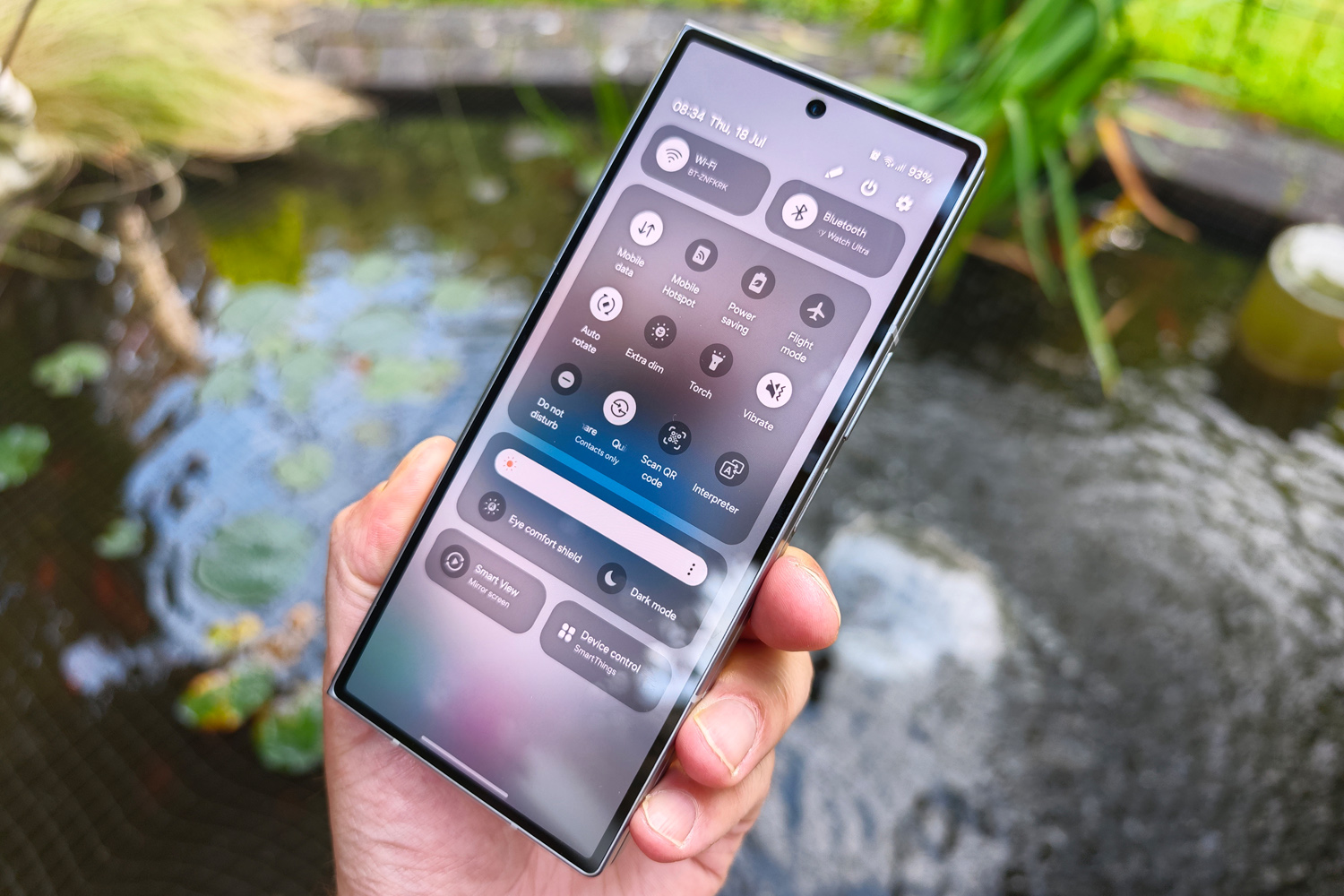
Samsung’s multi-year deal with Qualcomm all but guaranteed a bespoke Snapdragon 8 Gen 3 chipset would appear inside the Z Fold6. Paired with 12GB of RAM, it’s every bit as powerful as you’d expect. I saw zero lag, stutter or slowdown at any point during my week of daily testing, even when running three apps at a time on the inner screen.
Benchmarks will tell you this phone isn’t as fast as the best traditional handsets – but there’s not a lot in it. That bodes well for productivity, and means this foldable will play any game available in the Play Store right now at its highest settings – ray tracing included. I had no trouble running Zenless Zone Zero fully maxed out. A vapor chamber 1.6x larger than the one inside the Z Fold5 helps tame temperatures in sustained use, with the sort of power drop-off I’ve seen from rival foldables over time.
Samsung has stuck with 256GB as the base storage option, like last year. 512GB and 1TB models are there for those with deeper pockets. None have expandable storage.
The Z Fold6 is the fourth time Samsung has used a 4400mAh battery for its top-tier foldable, despite rivals now packing far larger capacities. The chipset might be more power efficient, but the considerably brighter pair of displays balance it out in daily use. I saw roughly the same lifespan as the Z Fold5, meaning 15 hours of video streaming on the inner display, and slightly more from the outer one. A typical day would see me enter the red towards the end of the evening – sooner if I’d done much gaming. The Vivo X Fold3 Pro remains my top foldable pick for longevity away from the mains.
Equally frustrating is the same old charging speeds as before. 25W refuelling is practically prehistoric compared to some foldables, which top out at 100W. Wireless charging is a similar story, at just 15W, versus 50W from the fastest rivals. I wasn’t surprised Qi2 charging didn’t make the cut, though; Samsung will surely wait until the more mainstream Galaxy S25 to introduce the tech.
Samsung Galaxy Z Fold6 verdict
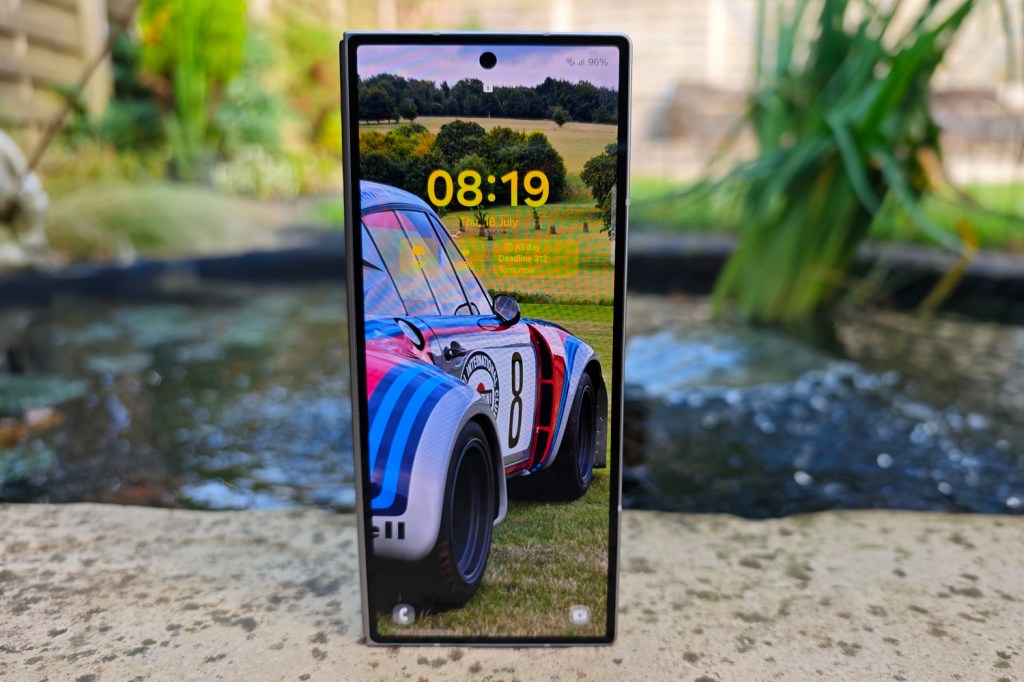
Is the Galaxy Z Fold6 the new global poster child for book-style foldables? Almost certainly. Performance is as good as it gets in foldable land and productivity is still unmatched, thanks to S Pen support and some clever AI features. But I think it earns that status more because of the brand making it than the hardware inside. If the Fold6 wore something other than a Samsung logo, I’d be tempted to call it an also-ran.
Rivals have it licked for slim dimensions, battery life, charging speeds, and camera sensors that get close to the best non-folding flagships. All you’re getting here is a more powerful chipset, slightly neater design, and some small but welcome improvements to each screen. For an $1800/£1800 gadget, I’m not sure that’s good enough.
But I’m also convinced none of that matters. Apple has yet to launch a foldable – a category that barely counts for 2% of the global phone market – and with only a few exceptions, the competition seems largely happy to stay China-only. Unless Google pulls a blinder with the upcoming Pixel Fold 2, Western audiences will have to be happy with iterative updates.
Stuff Says…
The best version of Samsung’s book-style foldable – but the Galaxy Z Fold6 isn’t the leap forward fans were hoping for in light of rapidly improving rivals.
Pros
S24 Ultra-inspired design looks slick
Software as streamlined as ever, with lots of AI additions
Performance is top of the class
Cons
Rivals are thinner, last longer, and have better camera hardware
Charging speeds are disappointingly slow
Slender cover screen still a usability struggle
Samsung Galaxy Z Fold6 technical specifications
| Screen | 6.3in, 2376×968, 120Hz AMOLED (cover) 7.6in, 2160×1856, 120Hz AMOLED (main) |
| CPU | Qualcomm Snapdragon 8 Gen 3 for Galaxy |
| Memory | 12GB RAM |
| Cameras | 50MP, f/1.8 w/ OIS, dual pixel AF main 12MP, f/2.2 ultrawide 10MP, f/2.4 telephoto w/ OIS, PDAF, 3x optical zoom rear 4MP, f/1.8 under-display (inner) 10MP, f/2.2 punch-hole (cover) |
| Storage | 256GB/512GB/1TB |
| Operating system | Android 14 |
| Battery | 4400mAh w/ 25W wired, 15W wireless, 4.5W reverse wireless charging |
| Dimensions | 154x68x12.1mm (folded) 133x154x5.6mm (open) 239g |

